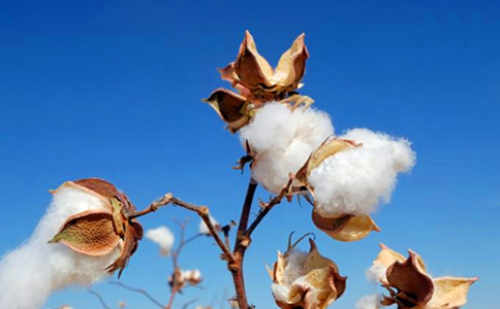What are the changes in cotton fiber after the action of concentrated alkali?
Introduction: In the dyeing and finishing process, what is the change of cotton fiber after the action of concentrated alkali? Let's take a look with Xiaobian today!

In the dyeing and finishing process, cotton fibers undergo changes in morphology, microstructure and molecular structure after the action of concentrated alkali.
1, changes in morphology and structure
The fiber diameter increases and rounds, the natural twist rate in the longitudinal direction changes (80% to 14.5%), the cross section changes from a kidney shape to an oval shape, or even a round shape, and the cell shrinks to a point. If an appropriate tension is applied, the fiber roundness increases. The original wrinkles disappeared on the surface, the surface was smooth, and the optical performance was improved (the reflection of light was changed from diffuse reflection to more directional reflection), the intensity of reflected light was increased, and the fabric showed a general luster. The change of fiber morphology in the fabric is the main reason for the luster, and the tension is the main factor to enhance the luster.
2. Microstructure changes
The degree of crystallinity (70% to 50%) decreases, and the amorphous area increases, making the original hydroxyl inaccessible in water become accessible, so the adsorption performance and chemical reaction performance of the fiber are improved. In addition, since the mercerized fiber Morphological changes, light scattering at the surface and inside are reduced, so when dyeing at the same concentration, the dyeing depth also increases.
After the fiber swells, the hydrogen bonds between macromolecules are disassembled. Under the action of tension, the arrangement of macromolecules tends to be neat and the degree of orientation increases. At the same time, the uneven deformation of the fiber surface is eliminated and the weak links are reduced. The fiber can evenly share the external force, thereby reducing the fracture phenomenon caused by stress concentration. In addition, the fibers after bulking and rearrangement closely cling to each other, and cohesion forces, also reduce the factors that cause breakage due to macromolecular slippage.
3, changes in molecular structure
After the cotton fiber swells in the concentrated alkali solution, the hydrogen bonds between the macromolecular chains are disassembled, and the internal stress stored in the fabric is relieved. By stretching, the macromolecules are aligned and a new position is established in the new position. Molecular bonds, and the intermolecular forces are larger than before swelling. At the end of the tension, the alkali, the hydrogen bonds between the oriented fibers are fixed (in a more natural, stable state), and the fibers are in a lower energy state and are therefore dimensionally stable.
Jeans Playsuit,Black Jean Jumpsuit,Jumpsuit Jeans For Girl,Jumpsuit With Jean Jacket
SHAOXING RUIZI IMPORT&EXPORT CO.,LTD , https://www.ruizigarment.com